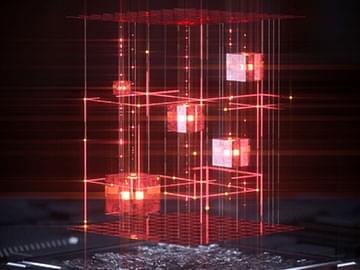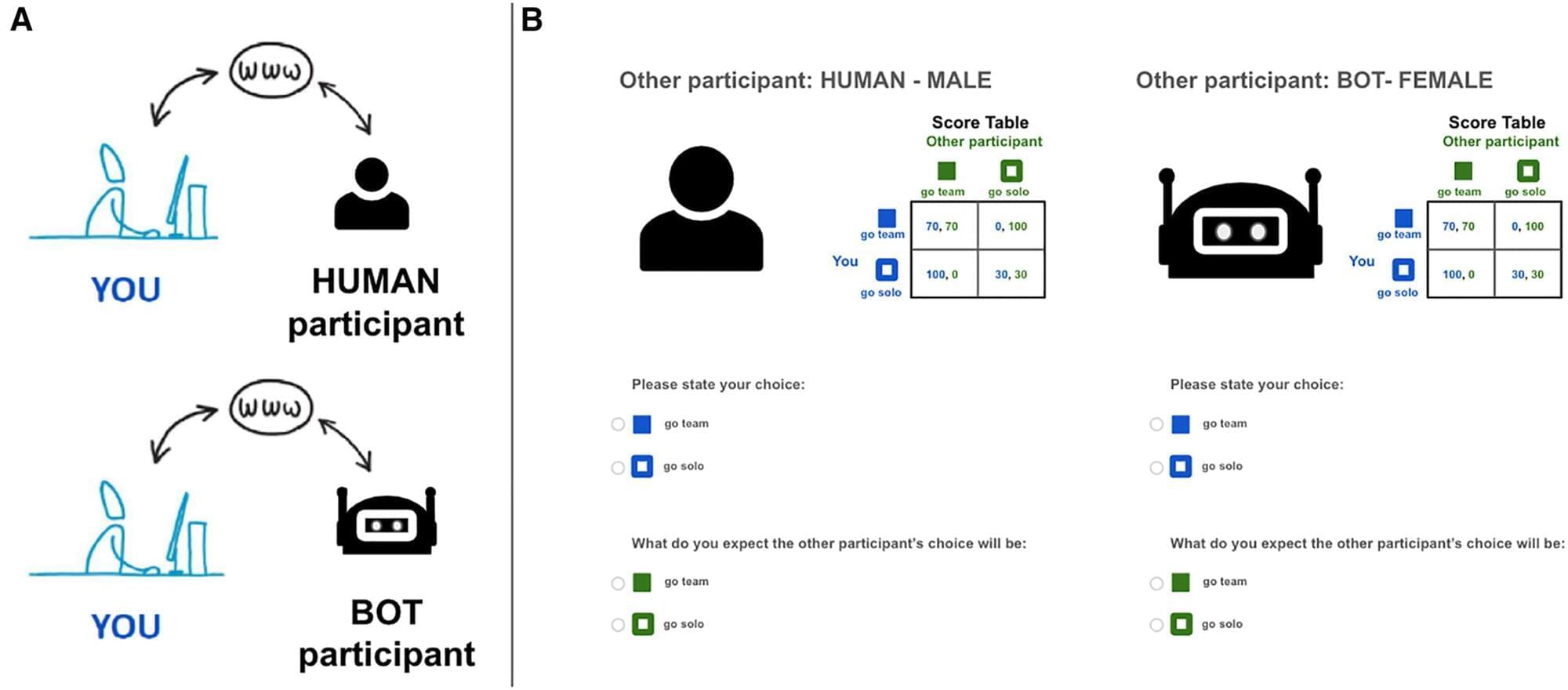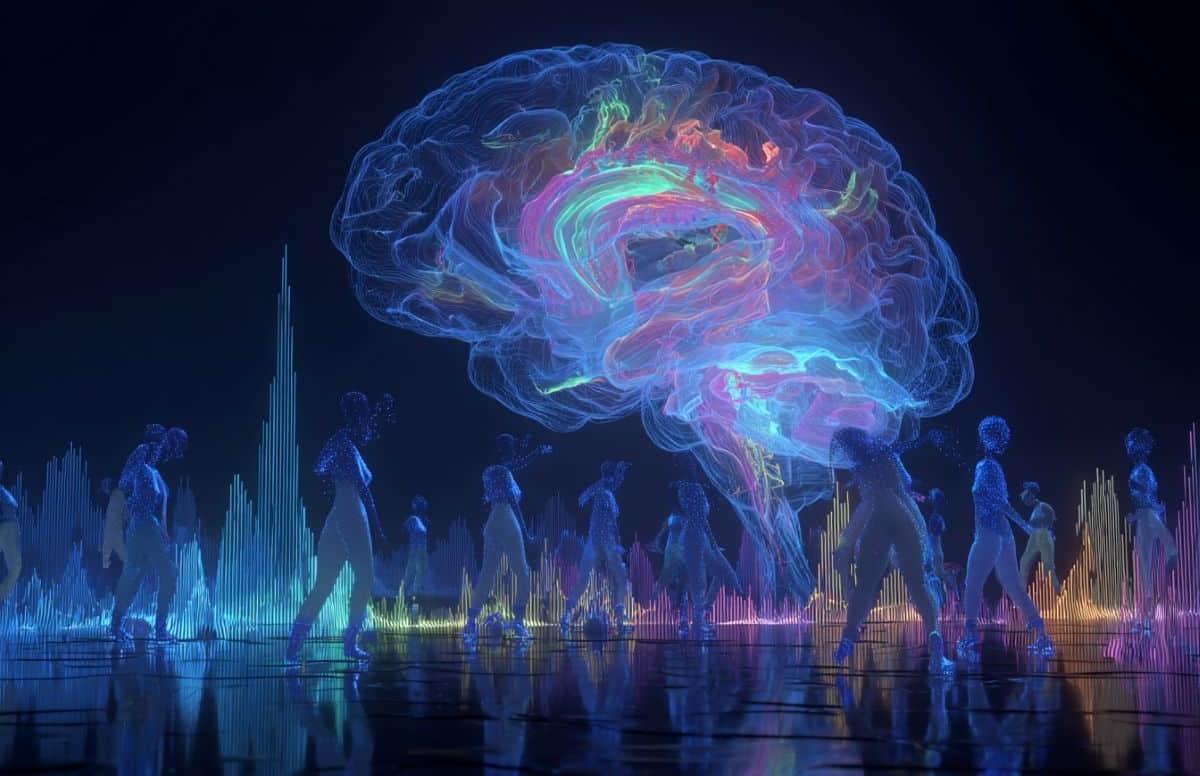The rapid expansion of large language models’ (LLMs) capabilities—including web search, code execution, data analysis and even hypothesis generation and experimental design—is outpacing critical reflection of how the technology fits into academic research.
This is the argument that Ricardo Vinuesa, an associate professor of aerospace engineering at U-M, and his co-authors made in the journal The Innovation.
Though they acknowledge that LLMs are helpful for generating a speedy first draft, adopting LLMs into every stage of the research process without proper guardrails creates risk of misconduct, such as data fabrication or biased experimental design.









